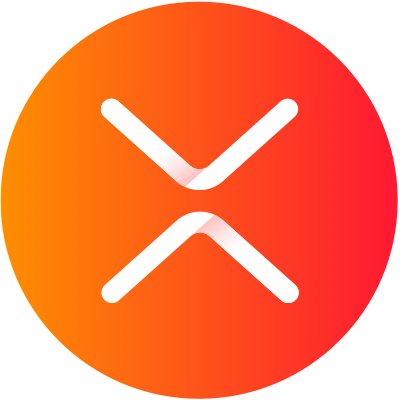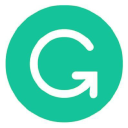How We Created A Coffee Bar Brand
Note: This business is no longer running. It was started in 2010 and ended in 2024. Reason for closure: shut down.
Hello! Who are you and what business did you start?
Hey! My name is Raivis Vaitkus, I’m one of the three Vaiekuns behind the Coffee Pixels, the smart coffee bar.
Together with my two cousins, we have invented a way to process the whole coffee cherry with cocoa butter to produce a bar that tastes like quality coffee while using fewer resources and still giving you the kick, that most expect for their cup of joe.
Coffee Pixels is the first product on the market, that's made out of whole coffee cherry - the coffee bean we all know is reunited with the fruit the bean used to grow in. It's super-rich in antioxidants, with a smart dose of caffeine (think, microdosing caffeine) & high in fiber - a product that's not just really good for the user alone, but as our production is 100% wasteless, it's the most sustainable 'coffee' there is. Besides our original coffee fruit bar, we have a supporting product, called Coffee Pixels Milk - a coffee bar, that's lower in caffeine and a bit sweeter.
The Milk bar is a no-guilt snack, that can provide a gentle lift, or complement a cup of coffee. Even though there are many ideas how to expand the lineup of Coffee Pixels in...

Download the report and join our email newsletter packed with business ideas and money-making opportunities, backed by real-life case studies.

Download the report and join our email newsletter packed with business ideas and money-making opportunities, backed by real-life case studies.

Download the report and join our email newsletter packed with business ideas and money-making opportunities, backed by real-life case studies.

Download the report and join our email newsletter packed with business ideas and money-making opportunities, backed by real-life case studies.

Download the report and join our email newsletter packed with business ideas and money-making opportunities, backed by real-life case studies.

Download the report and join our email newsletter packed with business ideas and money-making opportunities, backed by real-life case studies.

Download the report and join our email newsletter packed with business ideas and money-making opportunities, backed by real-life case studies.

Download the report and join our email newsletter packed with business ideas and money-making opportunities, backed by real-life case studies.


































